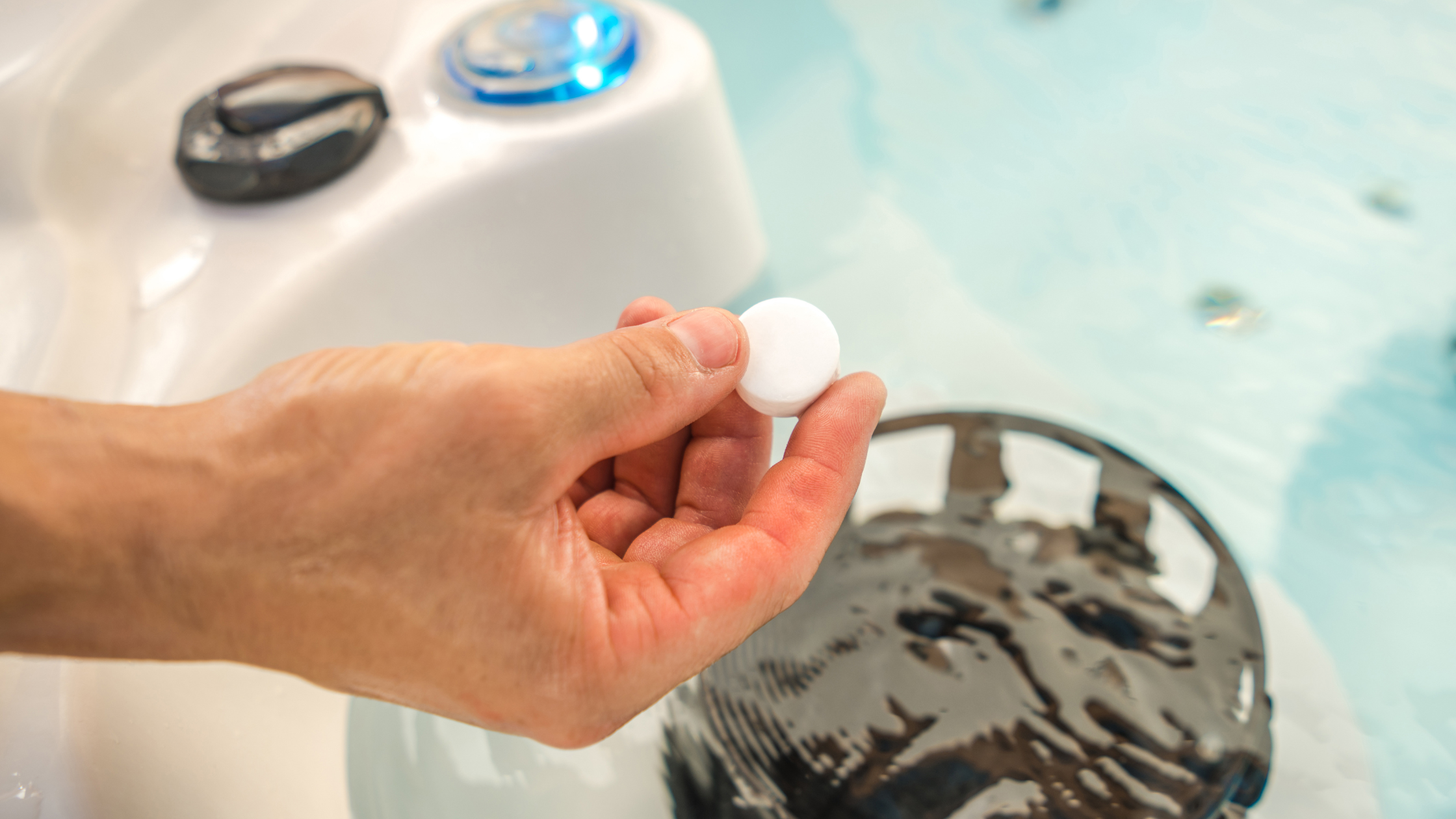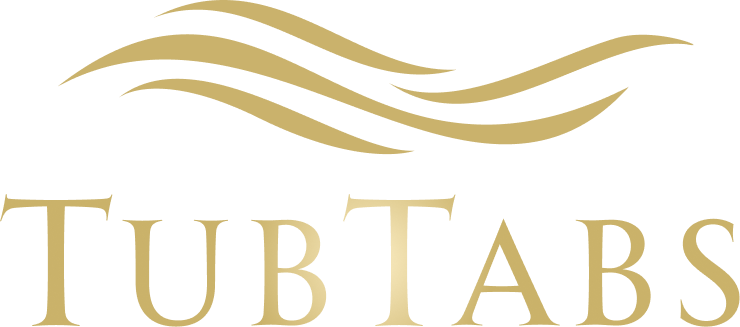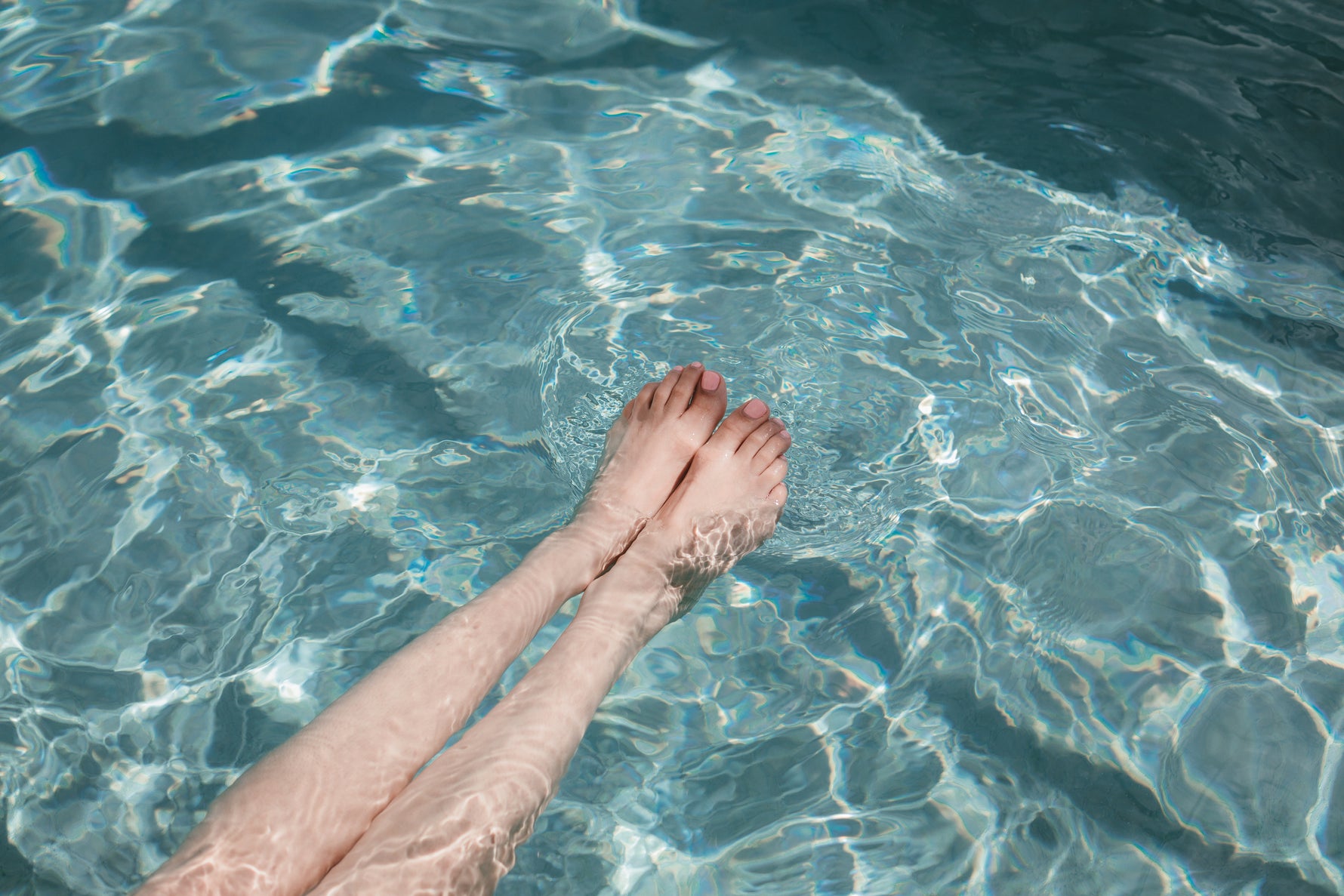
When Should I Add Chemicals to My Hot Tub? A Simple Guide
Maintaining a clean and sanitary hot tub is essential for the safety of all who use it. Hot tub chemicals help to keep your hot tub free from bacteria, viruses, and other contaminants that can cause harm. However, knowing when and how to add these chemicals correctly can be tricky. In this article, we will discuss the different types of hot tub chemicals available on the market and provide tips on when and how often they should be added to maintain a safe and healthy environment in your hot tub.
The First Time
You're probably filled with excitement and anticipation when your hot tub is delivered. However, you should also be aware that there is some work to do before using your hot tub for the first time. Before filling it, you should be mindful of the chemicals you need and the steps you must go through.
1. Small fill and drain
Most hot tub manufacturers ship hot tubs with a small amount of antifreeze in case pipes are exposed to cold temperatures. So you'll need to fill and drain the tub's footwell - where you place your feet- with water and run the pumps to clear any antifreeze.
2. Turn off all the power
Turn off all the power to your hot tub before moving forward. Water and electricity do not mix.
3. Wipe down the shell of your hot tub.
Make sure to wipe down all the surfaces of the hot tub shell. You can use a non-abrasive cleaner and a soft cloth or sponge to prevent scratches or damage to your hot tub chemicals. Ensure you rinse thoroughly to prevent foaming when filling your hot tub.
4. Install the Filter
Make sure you put your water filter into all the spots. Most hot tubs only have one, but check your owner's manual for any more spots.
5. Fill your hot tub
Fill your hot tub with water from your hose. Use a hose filter to make sure. Pay attention to your water level and how high it is. Your owner's manual has instructions on how much to fill your hot tub. You want to make sure that you follow this as closely as possible. If you put too much water, you run the risk of water being displaced when people get in and spill over the side, which can throw off your water chemistry.
6. Prime your jets
When air accumulates in your hot tub's lines, it can lead to many troubles. To ensure that all the air is purged from the line, you must prime the pump before running it further. Depending on which make and model you own, this process may differ; thus, check the instructions stated in your owner's manual before beginning.
7. Add the hot tub chemicals
Now that everything else is done, you can add your start-up chemicals. Turn on your power and wait until your hot tub water reaches 30°C before adding anything. The heat helps the chemicals dissolve into the water more easily. For an easier option, consider TubTabs, a convenient, all-in-one weekly maintenance tab that keeps sanitizer, pH, and alkalinity balanced with minimal effort.
8. Run the Pump
Once you've added your chemicals, run your hot tub for at least ten minutes to ensure the chemicals are evenly distributed.
9. Test your water
Test your water to make sure everything is balanced.
Here are the values you're looking for
-
Alkalinity to be between 100-150 ppm (120 ppm is ideal)
-
pH to be between 7.2 and 7.6
-
Calcium level to be between 175-250 ppm.
-
Chlorine (if you're using it) to be between 1 - 3 ppm (3 is ideal)
-
Bromine (if you're using it) to be between 3 - 5 ppm
-
Minerals to be around 0.5 ppm
From this step, you can set your water temperature and let your hot tub sit for at least 24 hours. Then test your water one more time. If all values come out in the correct ranges, you can have your first dip!
What Order to Add Hot Tub Chemicals
Before adding any chemicals to your hot tub, ensure you test your water to get an idea of your baseline.
Next, heat your water until it reaches 30 degrees Celsius. Having hot water will help disperse your chemicals more efficiently and effectively.
When you add your chemical, do it one at a time and wait at least 20 minutes before adding the next one.
1. Adjust alkalinity and pH
pH helps your sanitizer work more effectively, and alkalinity helps prevent fluctuations in pH. So you must adjust these levels first. pH and alkalinity affect each other, so if you adjust one, chances are you'll be adjusting the other.
Here are some situations that you might see with your levels and what to do
-
Both pH and alkalinity are low: Add alkalinity increaser first. Then test the pH again to see if it needs a pH increaser.
-
Low pH: Add a pH increaser. If your pH is too high, add a pH decreaser.
-
Low alkalinity: Add an alkalinity increaser.
-
Either pH or alkalinity are high: Use pH decreaser to drop them back to the right level.
2. Add your sanitizer
Most people use either Chlorine or bromine. To get a full breakdown of which is better, you can read this blog: Difference between hot tub chlorine tablets and bromine tablets. But some people also use biguanide, minerals or a saltwater system. Always start with a small amount of sanitizer, retest, and add more if necessary. Products like TubTabs combine sanitizer with pH and alkalinity control for an easier, one-step approach.
4. Adjust calcium levels
Your calcium hardness levels should be between 175 and 250 ppm. If you need to raise your levels, add a calcium hardness increaser. If it's too high, the best solution is to drain your hot tub, scrub it, and start over with fresh filtered water. Consider purchasing a hose filter if the water from your hose has very high calcium levels.
Regular Maintenance
After you set up your hot tub, you'll want to do weekly, monthly, and quarterly maintenance.
3-4x a week, you'll want to:
-
Test your pH levels, calcium levels, and alkalinity, and adjust accordingly.
-
Check your sanitizer levels
-
clean above the waterline
Weekly, you'll want to:
-
Shock your hot tub (more on that below)
-
Rinse your hot tub filter with water
-
wipe down your spa cover
Using TubTabs weekly simplifies this process, as they provide consistent sanitizer dosing, reducing the need for guesswork.
Shocking your hot tub
Shocking your hot tub is an important part of regular maintenance and should be done at least once weekly. Hot Tub shock treatment helps to rid your spa of any bacteria, viruses, and other contaminants that could be present in the water. After heavy or little use, it should also be done to re-energize your sanitizer.
Hot tub shock is a large dose of oxidizer used to "shock" the water into a clean state after it's been contaminated somehow. It performs three main functions. It breaks down any organic waste that may be present in the water, oxidizes and sanitizes the water to make sure it's safe to use, and it removes any odours from the hot tub.
When shocking your hot tub, you should use an appropriate dose of shock treatment for your specific hot tub model.
Quarterly Maintenance
Every 3-4 months, you'll want to drain your entire hot tub, replace the water, and follow the "initial setup routine," excluding step 1.
Yearly Maintenance
You may also want to consider having your spa checked by a professional every year. They have more experience and equipment to ensure your hot tub stays healthy.
Also, flush the lines to remove bacteria and biofilm.
Quick FAQs About Maintaining a Clean and Sanitary Hot Tub
Can I store my hot tub chemicals outside?
No. The best place to store your hot tub chemicals is off the ground, inside the house, basement, controlled temperature shed, or garage.
Do you put chemicals in the hot tub before or after heating?
Technically, you can put chemicals in either cold or warm water. However, we recommend warm water (at least 30°C). The warm water helps better distribute the hot tub chemicals effectively.
How soon can you use your hot tub after adding chemicals?
You will want to wait until all the chemicals have been completely dissolved and your water levels are good. We recommend you wait from 30 minutes to 24 hours before using you hot tub, depending on the type of chemicals. Always read the product labels for exact instructions to ensure safe soaking.
Maintaining hot tub chemicals can feel daunting, but keeping your hot tub clean and safe is essential for enjoying it for years to come. By following the steps outlined in this guide, regularly testing pH, calcium hardness, alkalinity, and sanitizer levels, shocking your hot tub at least once per week, and flushing the lines every three months, you can ensure your water stays healthy and balanced.
Maintaining your hot tub does not have to be complicated. With consistent care and the convenience of products like TubTabs, you can simplify your routine while keeping your water safe and ready for relaxation. TubTabs provide an easy weekly solution that balances your water without the guesswork, making it simple to enjoy your hot tub worry-free.
Share


